The Internet of Things—or the IoT—refers to a network of connected devices that able to collect and share data about their own operations and the environments in which they’re installed. Any device enabled with two-way data communications can potentially participate in the IoT—including connected sensors, thermostats, cars, biometric devices, and luminaires.
IoT implementations are as different from one another as computer networks in the details, but they all have a similar general structure. You can think of an IoT system as having three basic layers: the device layer, the network layer, and the platform layer.

Device Layer
The device layer contains the things that participate in the Internet of Things.
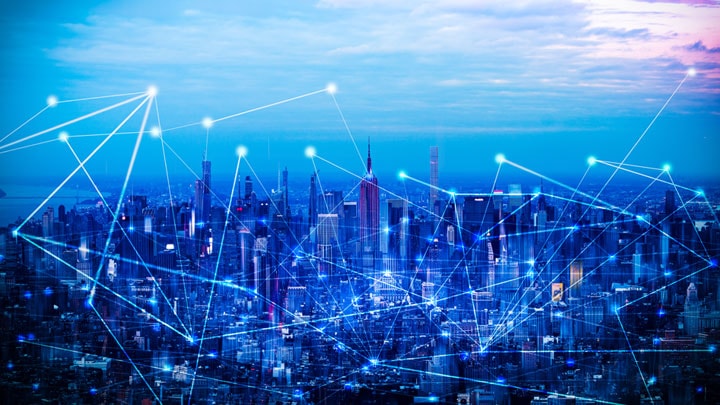
Network Layer
The network layer includes everything you need to connect devices to each other and to the platform layer.
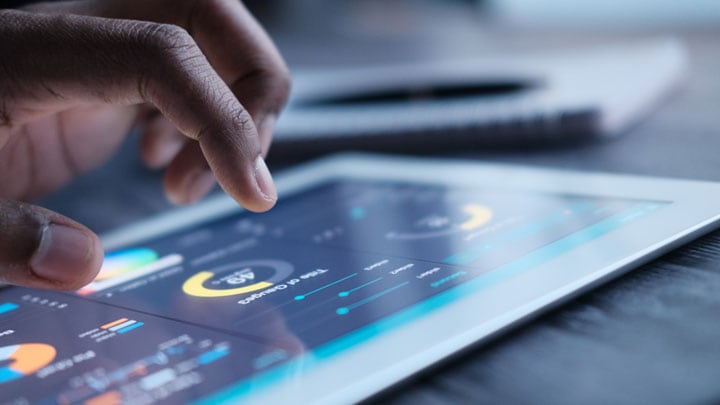
Platform Layer
The platform layer includes everything you need for ingesting, processing, and visualizing collected data, and for extending and integrating the system.
Edge devices are the connected devices installed in the environment in which they are meant to collect and transmit data—whether that’s your home, a workplace, a city street, or the inside of a machine on a farm or a warehouse floor.
The network layer includes the networking hardware itself (switches, gateways) and the communications methods used for sending and receiving data—cellular, wired Ethernet, Wi-Fi, Bluetooth, and RF, for example, and often a combination of these.
IoT platforms, either on-premise or in the cloud, offer a data lake for ingesting large amounts of system and sensor data, data analytics tools for making raw data useful for machines or human beings, and software, dashboards, and apps for monitoring and managing the system, and for reporting and forecasting. A well-designed IoT platform also provides data and system security, privacy features, and APIs so that software developers can rapidly create new applications that extend the system or integrate it with other smart systems.
Signify offers complete connected lighting systems for both professionals and consumers.
Both Interact and hue offer robust development tools for building new apps on top of your system, and for integrating your home or professional lighting with other smart systems.

Professional
For professionals, Interact offers a portfolio of software applications specifically designed to bring together connected lighting systems and data with smart building, smart city, and other IoT solutions. Interact works together with connected luminaires from Philips, Color Kinetics, and others, and with lifecycle services from Signify.
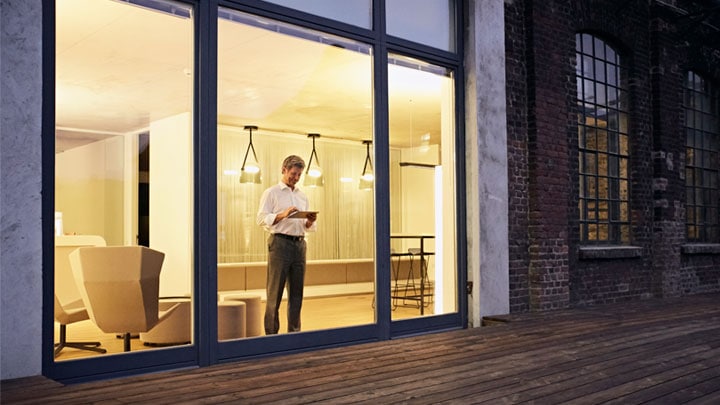
Consumer
Philips hue is a complete connected lighting system for the home, including connected lamps, an Internet gateway, and mobile apps for remote monitoring and management.
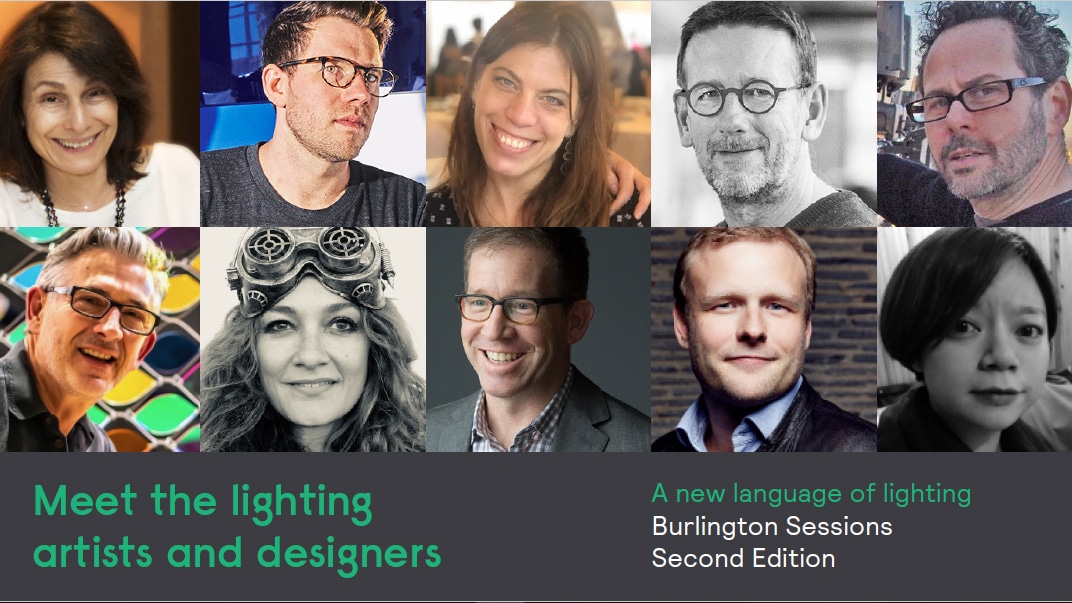
Burlington Sessions #2: 2019
Listen to the individual video interviews of the following participants: Clint Baclawski, Yves Mayrand, David Rose, Michael Stiller, Leni Schwendinger, Arlon Bayliss, Sabrina Mandel, Kate Raudenbush, Tapio Rosenius, Zih Jing Wei

Lighting Design of Things
In this episode, moderator - Alan Tulla, will have an exclusive round table, discussing on Lighting design of thing with designers and academics.
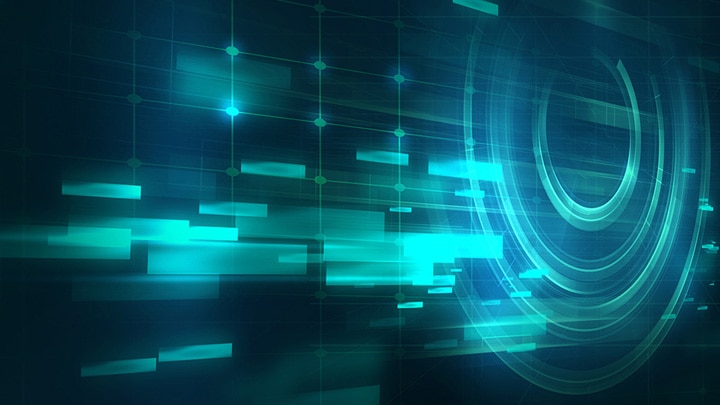
The Shape of Lighting to Come
In this episode, moderator - Paul James, Editor in Chief, Arc magazine, will have an exclusive round table discussing on IoT real-time data for co-creation with visionary architects and lighting designers.